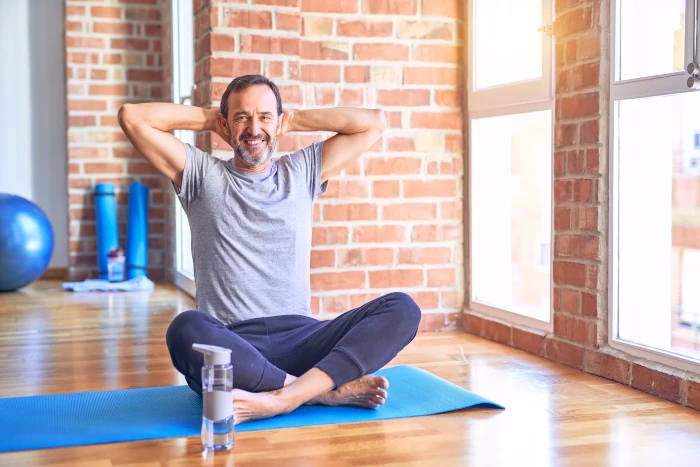
Cervical Spondylosis Relief: 7 Best Cervical Exercises to Try and 5 to Avoid
- Dr. Deepika Rai (MPT)
Connect with our expert physiotherapist for personalized physiotherapy advice.
If you’ve been dealing with persistent neck pain, stiffness, or reduced mobility, cervical spondylosis might be the culprit. Also known as neck arthritis, this age-related condition affects the joints and discs in the cervical spine. While it sounds serious, the good news is—targeted exercises can offer real relief.
In this article, you’ll discover the top 7 exercises for cervical spondylosisthat can improve flexibility and reduce pain. Just as importantly, you’ll also learn 5 movements to avoid to prevent flare-ups or further damage.
What Is Cervical Spondylosis?
Cervical spondylosis is a degenerative condition of the neck spine, often caused by aging, poor posture, or repetitive strain. Common symptoms include:
- Chronic neck pain or stiffness
- Headaches that start at the base of the skull
- Limited range of motion
- Tingling or numbness in the arms or hands
Although medication and physical therapy help, a consistent exercise routine is one of the most effective ways to manage this condition long-term.
7 Best Cervical Exercises for Pain Relief
These exercises are gentle, safe, and can be done at home. Always consult your physiotherapist before starting.
- Neck Retractions (Chin Tucks):
Improves posture and relieves pressure on cervical discs.
- Neck Tilts (Side to Side):
Increases lateral flexibility and reduces stiffness.
- Neck Rotations:
Enhances cervical mobility and eases tension.
- Shoulder Blade Squeezes:
Strengthens postural muscles and offloads pressure from the neck.
- Isometric Neck Holds:
Builds neck strength without movement.
- Upper Trapezius Stretch:
Loosens tight neck and shoulder muscles.
- Neck Flexion and Extension (Controlled):
Maintains forward and backward mobility.

5 Movements to Avoid with Cervical Spondylosis
Some movements can aggravate the condition, especially if done repeatedly or with poor form.
- High-Impact or Jerky Neck Movements:
Sudden twists or rapid motions can strain the cervical discs.
- Heavy Overhead Lifting:
Overhead weights compress the cervical spine and worsen symptoms.
- Prolonged Forward Head Posture:
Common in desk jobs; avoid slouching or leaning toward screens.
- Neck Circles or Rolling:
Full circles can cause compression or irritation to sensitive areas.
- Unsupported Inversions (like Shoulder Stands):
These yoga positions put direct pressure on the cervical spine.
Tips for Safe Exercise
- Warm up before you start any routine
- Stop if you feel dizziness, sharp pain, or tingling
- Focus on form, not force
- Stay consistent—small daily efforts are more effective than intense sessions
Conclusion
Managing cervical spondylosis isn’t just about avoiding pain, it’s about regaining control over your movement and posture. Incorporate these exercises into your daily routine, avoid risky movements, and consult a physiotherapist to personalize your plan.
By staying proactive, you can minimize discomfort, improve mobility, and live pain-free—one stretch at a time.
For more detailed guidance, visit the NHS Cervical Spondylosis page.
Connect with our expert physiotherapist for personalized physiotherapy advice.



